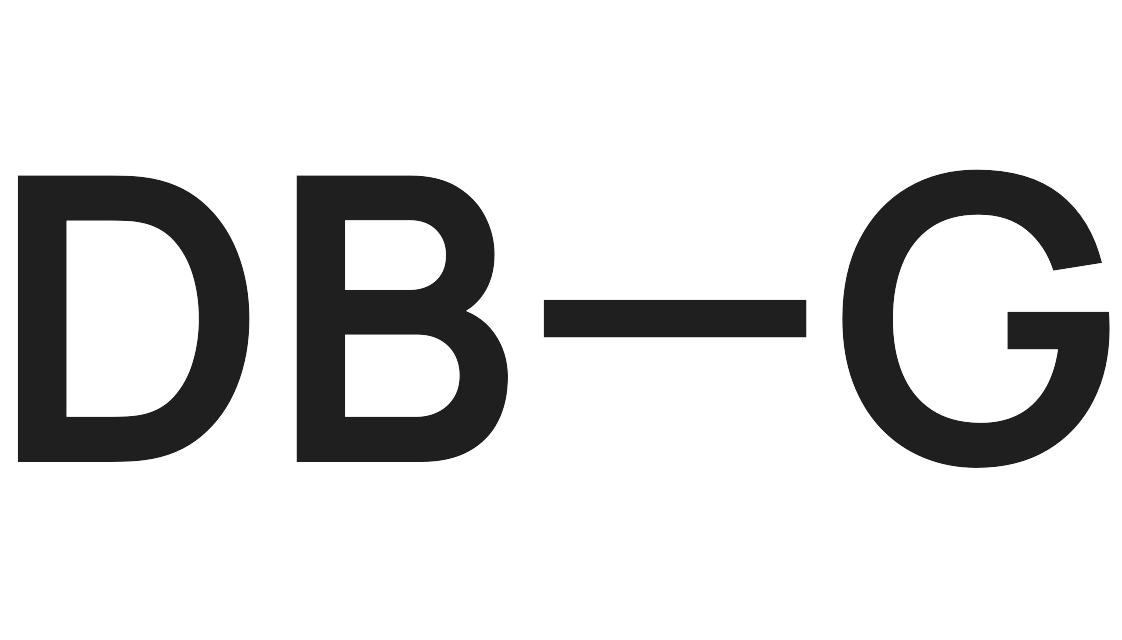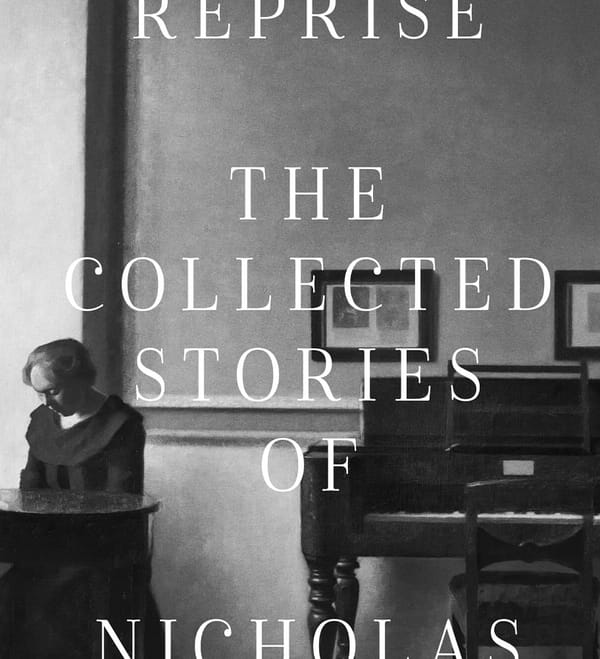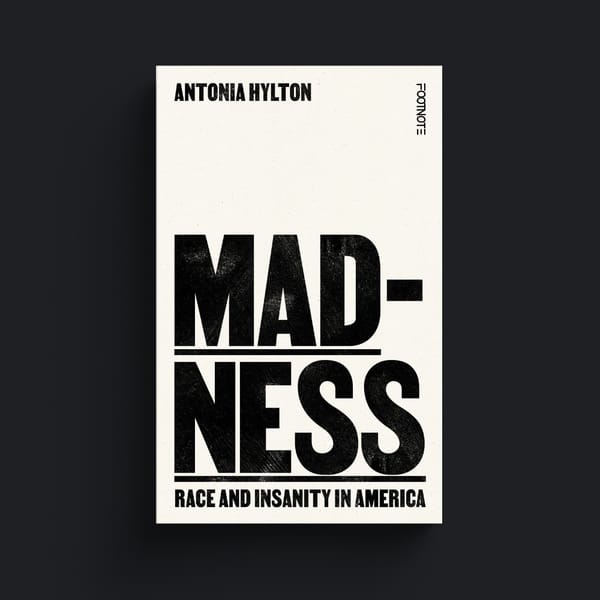Brands get social
Brands are finally getting the hang of social media – but are they taking the chumminess a tad too far?
"There are no traces of horse in any of our products. Might find a bit of zebra though. Hang on, that's a barcode. No need to panic.”
@innocentdrinks
For fifteen years, Innocent have led the way in brand-chumminess. Informal and witty chit-chat litters the small print on their bottles and the big print on their billboards, and it's a style that has been aped by countless brands. Many have copied, many have failed – there's a fine line between quirky and obnoxious.
There is an open deceit at work here: brands dropping the corporate speak and projecting themselves as individual voices. Written poorly, this language is uncanny, unwelcome. As Nick Asbury commented in his critique of the trend, Wackaging and the trouble with copywriting:
"Businesses aren't people. They occupy a different place in the world. For a brand to position itself as our best friend is a straightforward category error."
But perhaps there is a place for this style of brand discourse. In the last couple of years, this tone of voice has slipped off off the bottles and onto twitter. Arguably, this is a much better platform for it – the transitory nature of social media better suits the matey chit-chat, turning it from kooky rhetoric into an open conversation.
A twitter account can be a vital tool in building and maintaining a relationship with the customer. Managed well, it can even turn them into willing brand advocates. Twitter loves a bit of silly to throw around; silliness that belongs in the social ebb and flow, not stuck to ingredients list.
"Roses are books,
Violets are books.
Everything is books.
EVERYTHING IS BOOKS."
@WstonesOxfordSt
Getting an effective individual voice is less about following a formula or style guide flung down from head office, and more about getting the right person in the right place. Don't try to fabricate an individual voice, find a real one that's already passionate about the brand.
And that person is probably already working for the company, tucked away in another job somewhere. For example, originally from behind the counter at Waterstones' Oxford Street branch, Jonathan O'Brien captured the attention of thousands of followers with his peculiar short stories and flights of fancy.
These aren't your usual dry, public-announcement tweets. They eschew the perfectly rational approach of broadcasting information about the branch and convey something deeper and more relatable about the brand: an unwavering, obsessive passion for books. This reinforces everything Waterstones is about more than that erratic, indecisive logo.
"Just finished babyproofing my house. I must have spent over £5,000 on barbed wire alone, but there's no way a baby is getting in now."
@BetfairPoker
Tweeting with personality for a brand isn't about headlines or bullet points or engagement targets. Common sense would suggest that a brand's tweets should at least be about the brand's product or services in some way. That's not always the case – sometimes a brand just needs a personality to set it apart from the traditional expectations of its market. The abstruse and silly tweets of Betfair Poker and Paddy Power couldn't be further from the seamy world of sweaty bookies populated by cigarette-stained old men staring at the gee-gees. Some tweets will be sport related, many not.
"Harry just walked past in his boxer shorts. That is all."
@thexfactor
The hard-sell, all-caps, promoted tweet approach to twitter may work for some brands, but the personality approach is more subtle. It's finding that margin between how the brand perceives itself and how the public perceive it. Social media can bridge that gap, allowing the brand to see things from that other perspective (and sometimes, that perspective involves ogling Harry Style's underwear).
A friendly twitter account can be both a broad customer-facing billboard for the brand and a covert agent amongst the crowd, whispering seeds of conversation and promotion into the ears of the talkative. Of course, if you misjudge the mood, it can all go very, very awry. That crowd can very quickly become a braying, pitchfork-wielding mob. Every few weeks, some big brand gets it all wrong.
In 2012, Gap came under fire for an ill-judged tweet and Foursquare check-in dismissing the "frankenstorm" in favour of a spot of chino-shopping. And last year, The Onion's Oscar coverage included one little tweet flippantly referring to a nine year-old nominee as a … well, as a naughty word.
The problem with having a personality is that it comes with personality defects. Everyone has a weird little corner of their sense of humour that doesn't quite gel come across as intended. For a person, it can be momentarily embarrassing or alienating; for a brand kind-of-sort-of pretending to be a person, it can be be catastrophic.
"Twackaging", as nobody is calling it, can work wonders for keeping a brand in touch with new and existing customers. But it's a dangerous game to play. At least those Innocent labels went through some sort of editorial process of checks and measures before they were printed and shipped. Twitter has no such gatekeepers. Amplifying one person's unchecked humour to a brand level is a big risk. This is writing as live performance art.
Just because Twitter is easy and free doesn't mean that just anyone should be given the keys to the ignition of the brand – because it's also easy to get wrong and can be very, very costly. As Asbury says, businesses aren't people. But tweeters are. Pairing one with the other is not something to be done lightly. Trying to be everyone's best friend is not a challenge to be taken lightly.
Originally for Monotype’s Brand Perfect




